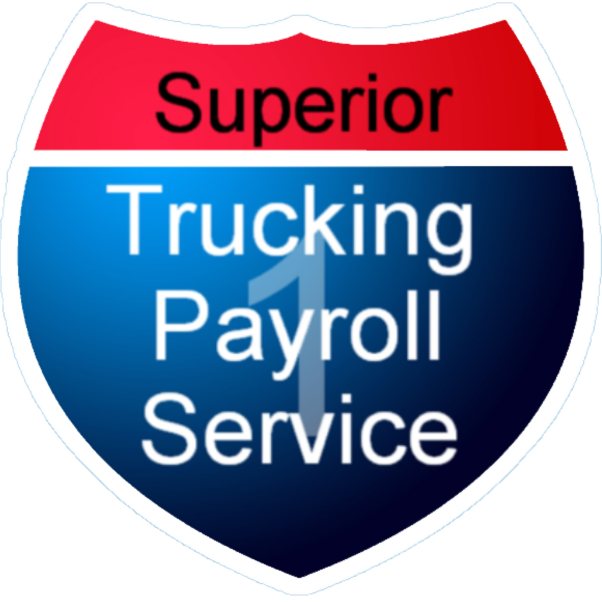If you’ve ever bounced over a deep pothole in early...
Read More
As a new business owner, one of the most important steps you’ll take is hiring your first employee which leads to the start of paying and filing payroll taxes. However, with this new responsibility comes the need to establish a reliable payroll system to ensure your employee has been compensated accurately and on time. As you dive into the world of payroll, you may find yourself overwhelmed by new terminology and regulations, such as pay periods, unemployment tax, and Form 941.
Fortunately, there are resources available to guide you through the process. To help get you started, we’ve put together a quick guide that covers the basics of setting up a payroll system for your business.
What are payroll taxes?
Payroll taxes are divided into two parts. The first part is the portion of an employee’s paycheck the employer withholds. This is known as the employee contribution, and it appears on their pay stub. The second component is the amount that employers contribute, which is also determined by employee pay.
Employees and their employers share the tax burden. Payroll deductions are taxes withheld from employees’ paychecks and sent to the Internal Revenue Service (IRS) and any applicable state or local tax authorities by their employer.
Types of Payroll Taxes:
State income tax:
Companies must withhold the appropriate amount of state taxes from employees’ paychecks and report this information to the state tax offices in all jurisdictions if applicable. There are a few states in which earned income reported on W-2s is exempt from state income taxes; Nevada, Alaska, South Dakota, Florida, Washington, New Hampshire, Tennessee, Texas, and Wyoming.
Federal income tax:
Federal income tax is the tax you pay on your annual income to the federal government. Employees’ income taxes are withheld from every paycheck and filed to the IRS quarterly. The amount of withholding tax that an employee owes is calculated by taking into account their gross pay and the number of exemptions claimed on their IRS Form W-4. Form 941 is used by employers to report income taxes, Social Security tax, or Medicare tax that is withheld from the employee’s paycheck as well as their employer portion.
The wage bracket approach or the percentage method can be used to calculate federal income tax withholding. The IRS publication 15-T describes the two approaches and applicable algorithms for calculating employee withholdings.
Local income tax:
Even if an employee lives in one city but works in another, both the employee and the employer may be required to pay local city or county income taxes. Despite a wide range of tax rates, seventeen states and the District of Columbia allow cities, counties, and municipalities to levy income taxes in addition to state taxes. Some municipalities, such as Aurora, Colorado, charge a flat monthly fee of $2. Most, on the other hand, charge fees ranging from less than 1% to as much as 3.87%.
FUTA tax:
Employers must also pay taxes under the Federal Unemployment Tax Act (FUTA). FUTA taxes fund federal workforce agencies that collect, administer, and enforce state unemployment levies. Employers are required to pay FUTA taxes on wages paid to workers who are not employed in the household or agriculture.
Collecting Employer and Employee Taxes:
When it comes to payroll taxes, there are two parties who contribute: employees and employers. These taxes are typically owed to both the federal and state governments, as well as, in some cases, cities and municipalities.
As a general rule, employers are tasked with the duty of deducting federal income tax from their employees’ paychecks in line with the details specified on Form W-4, which should be completed by all employees before commencing work. In addition, employers are obligated to make corresponding contributions to Social Security, Medicare, Federal Unemployment Tax (FUTA), as well as State Unemployment Tax (SUTA). It is worth noting that, depending on the state in which your business is located, employers may also be required to collect and remit state income tax.
Paying and Filing Taxes:
The timing of when you need to pay payroll taxes is based on the type of tax and the size of your business. Generally, federal and state income taxes are due monthly, while SUTA and FUTA taxes are due quarterly. The frequency of tax payments will also depend on the notifications you receive from state and federal agencies, they will notifiy the business if more frequent payments need to be made. For the most part, employers are required to pay taxes on a monthly basis, and payroll providers can usually withhold these taxes and make payments when they are due.
After paying your employees, you are required to complete some paperwork. Quarterly, you must file Form 941 (federal quarterly tax return), and Form 940 (FUTA tax return) must be filed annually. Additionally, you may need to file similar forms with your state. Employers are also obligated to send Forms W-3 and W-2 to the Social Security Administration (SSA) each year. In general, most payroll services manage these submissions electronically on your behalf.
Bottom Line:
Employers’ payroll tax obligations are complicated and highly circumstantial, varying greatly by region, industry, and payroll size. To ensure proper payroll tax calculation, withholding, payment, and filing, make sure you have qualified and committed payroll administrators on staff, consult a tax and accounting professional, or use a payroll service provider.
Before founding Superior Trucking Payroll Service, Mike was the CFO of a trucking company with 80 trucks and a thriving brokerage. This experience gave him the perspective that a payroll solution has to make the lives of the office people better. All the solutions he has designed are to benefit everyone. Our company mission is to help trucking families and that includes the company owners, the drivers, and the office.
Contact Us!
Is Superior Trucking Payroll Service Worth the Higher Cost?
You’re Not Just Buying Payroll — You’re Buying Peace of...
Read MorePayroll for Trucking Companies: We Help Your Whole Trucking Family Get Paid
If you’ve heard of Superior Trucking Payroll Service, you’ve probably...
Read MoreHow Do I Pay Myself If My LLC Is an S-Corp or C-Corp?
How do I pay myself if my LLC is taxed...
Read MoreMarch 2025 Driver Pay Update for Trucking Companies
Are your drivers leaving for better pay? Are you wondering...
Read More
